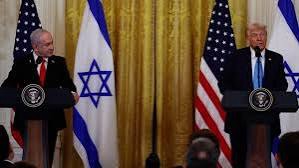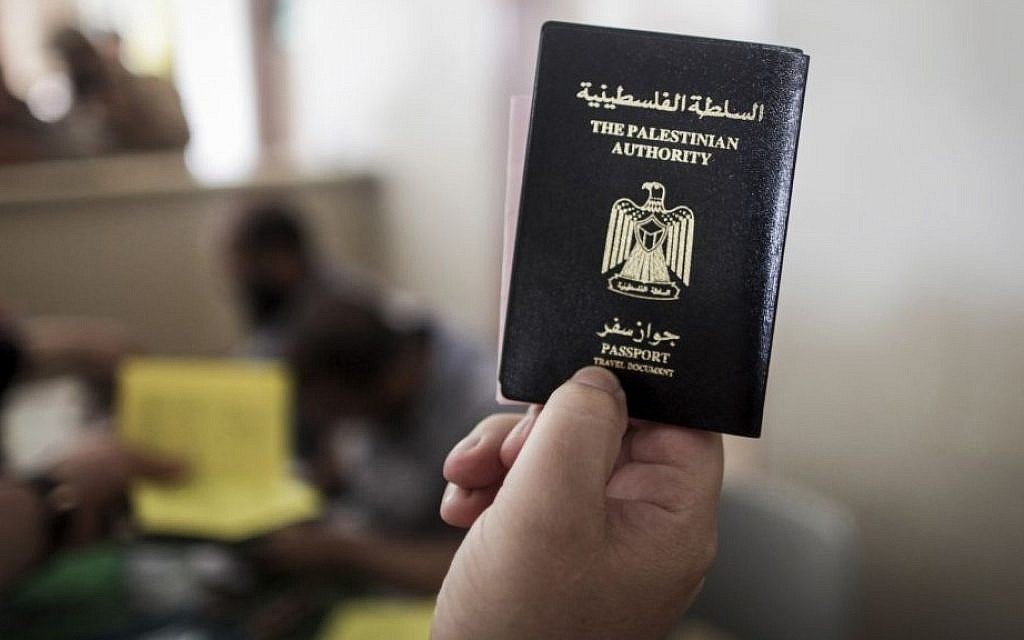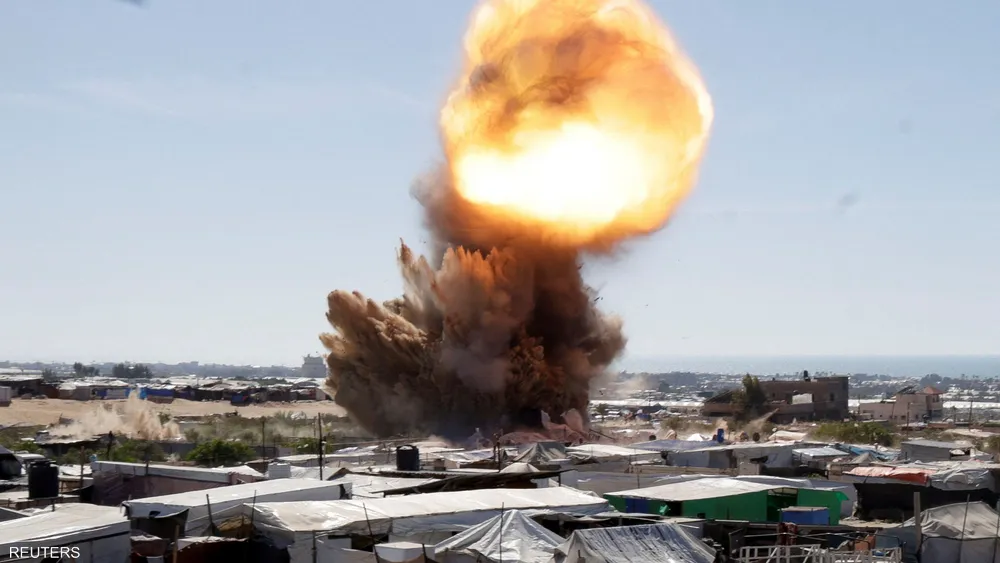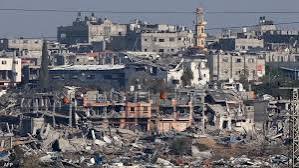Dangerous new clause added to Trump’s Gaza forced-displacement plan
Al-Khamisa News Network - Gaza

It has been roughly seven months since U.S. President Donald Trump announced his plan to relocate the residents of the Gaza Strip, and although it faded from the spotlight since then, it has recently reappeared as an idealized vision for developing the Strip that could yield billions of dollars in profits for investors.
The plan circulating within the Trump administration appears to closely resemble the plan studied by senior officials in the office of Israeli Prime Minister Benjamin Netanyahu more than a year and a half ago.
Both plans, according to Yedioth Ahronoth, proposed the possibility of establishing various factories in the Strip, including an electric car plant, and railway lines connecting to different Middle Eastern countries. The main difference lies in the American plan’s proposal to resettle Gaza’s population during the reconstruction years. The plan also includes multiple economic grants for those who choose to leave, and even allows investors to achieve multiple-fold returns.
The plan was revealed on the Ynet site in March and later published in the New York Times, and temporarily proposed that Israel administer the Gaza Strip in cooperation with Arab countries before handing it over to the Palestinians. It was drafted by businessmen and presented idealized images of the Strip, depicting it as a green, prosperous area with high-rise buildings and business centers, far from its previous image as a center of terrorism.
Under the plan, Israel would establish Hamas-free safe zones in the Gaza Strip, and Arab countries — Saudi Arabia, the United Arab Emirates, Egypt, Bahrain, Jordan, and Morocco — would oversee humanitarian aid delivered to these areas, which would be run by Palestinians from Gaza under Arab supervision. This phase of the plan would last 12 months.
In the next phase, which would extend for 5–10 years, Israel would retain full security control, while the Arab states would create a multilateral body to oversee and finance Gaza’s rehabilitation, run by Palestinians responsible for the safe zones and implementing a “Marshall Plan” to combat extremism, similar to the successful U.S. program to rebuild Europe after World War II.
Similarly, the current “circulating” plan in the Trump administration, as reported yesterday in the Washington Post, seeks to turn the Strip into a secure zone administered by the United States for at least ten years. During this period, according to the plan, the Strip would become a dazzling tourist resort and a hub for advanced technology and high-tech manufacturing.
Both plans speak of the goal of a “prosperous Gaza, as part of an Abrahamic regional structure,” and outline several phases over the coming decade toward forming an independent Palestinian government in the long term, with next year described as a year of financial effort, and the coming decade described as a “multi-state transitional phase.” In addition, both plans offer various economic options to develop the Strip, including, among other things, proposals to build an electric vehicle manufacturing plant and lay railway lines across the Middle East.
However, the American plan, according to the Washington Post, differs slightly from the Israeli plan, as it proposes the migration of some Gaza residents to other countries as Trump wanted, and includes participation by the U.S. aid fund to gradually train Palestinians to integrate into security forces.
The 38-page plan calls for the temporary evacuation of more than two million people from Gaza, granting property owners digital codes to finance a new life or apartments in “smart cities.” Those who leave would receive a $5,000 grant, four years of rental support and a year’s worth of provisions, providing about $23,000 per person compared with temporary residence. The plan promises returns to investors without American government funding or donations.






